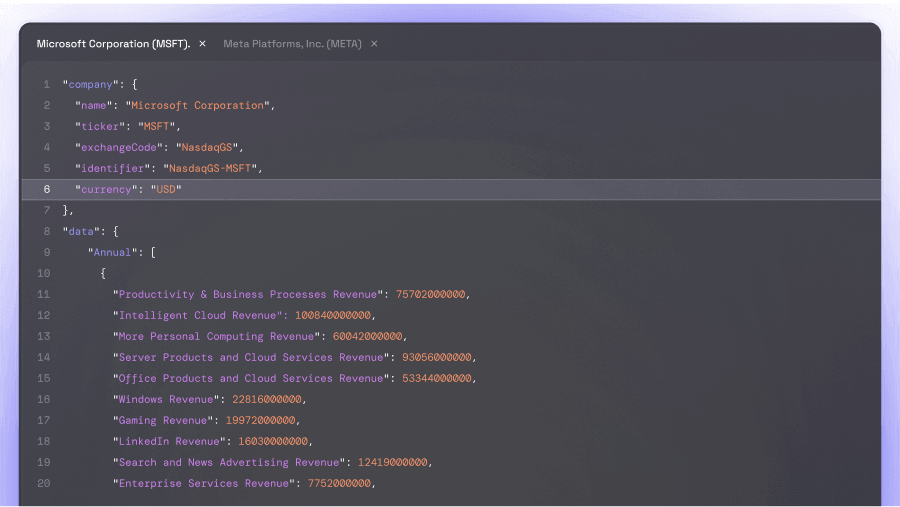Steem Dollars, commonly abbreviated as SBD, is a type of cryptocurrency designed as a stablecoin within the Steem blockchain ecosystem. It aims to maintain a value equivalent to one U.S. dollar, providing stability in an otherwise volatile cryptocurrency market. Steem Dollars are primarily used to reward content creators on the Steem platform, encouraging engagement and contributions by offering a more predictable value. For additional information on Steem Dollars, including current market statistics and data, refer to Eulerpool.
Steem Dollars (SBD) is a cryptocurrency essential to the Steem blockchain, primarily utilized to reward users for their contributions on the Steem social media platform. Unlike conventional cryptocurrencies, SBD is engineered to deliver stability and liquidity within the Steem ecosystem. Users earn SBD by creating and curating content, which encourages an active and engaged community. The Steem blockchain functions on a Delegated Proof-of-Stake (DPoS) consensus mechanism, ensuring fast and efficient transactions. This makes SBD a practical option for microtransactions and tipping within the platform. Additionally, SBD can be traded on various cryptocurrency exchanges, providing flexibility for users who wish to convert their rewards into other digital assets or fiat currencies. With a current supply of 12,033,475.186, SBD holds a distinctive position in the cryptocurrency market. Its value is intended to be pegged to the US dollar, offering a relatively stable store of value compared to more volatile cryptocurrencies. This pegging mechanism helps mitigate the risks associated with price fluctuations, making it a reliable medium of exchange within the Steem ecosystem. Moreover, the integration of SBD into the Steem platform enhances user engagement by directly incentivizing content creation and curation. This engenders a self-sustaining economy where users are rewarded for their contributions, driving continuous growth and innovation on the platform.














